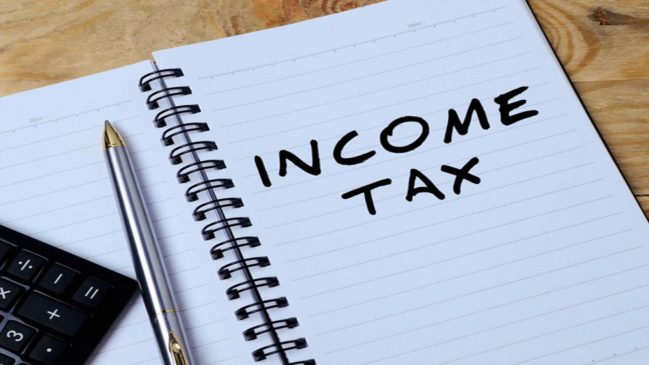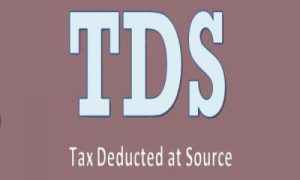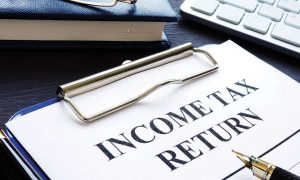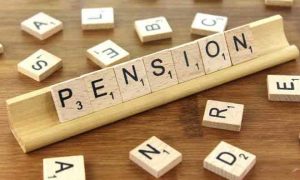Income Tax: Salaried employees can optimise their taxes by leveraging deductions such as 80C and 80D, and by making contributions to the National Pension System. Proper salary structuring and understanding investment taxation can further enhance post-tax earnings.
In this world nothing can be said to be certain except for death & taxes. – Benjamin Franklin.
Effective tax planning allows salaried employees to optimise their post-tax earnings. A crucial aspect of tax planning for middle class salaried employees is leveraging deductions and exemptions within legal guidelines, defer taxes and take advantage of various tax arbitrage opportunities.
Read More:- Are all gifts taxable in India? Discover the rules that apply
A salaried employee as compared to a self-employed has limited avenues to save taxes. Taxes can play an important role in the terminal value of the net worth.
Breaking down this in three parts:
- Things – strictly not to be done.
- Deductions & salary structuring.
- Deferring taxes & tax arbitrage.
Deductions and salary structuring
The most common deductions which salaried middle-class people use are – 80C & 80D.
There are multiple options to claim 80C deduction – it can be the employees’ contribution towards provident fund, contribution towards Public Provident Fund, tuition fees for children, principal payment component in home loan, Equity linked Savings Scheme, National Savings Certificate, tax saving fixed deposits, premium towards life insurance, etc. When it comes to 80D – the premium paid towards health insurance (own) and premium paid towards parent’s health insurance can also be claimed as deduction with certain ceilings.
The above two – 80C & 80D – almost everyone uses these limits.
Read More:- Income Tax Benefits: Know How Your Wife Can Save Rs 7 Lakh, 3 Easy Ways
The most important deduction which salaried individuals miss is about the National Pension System. This deduction is applicable in both the Old Tax Regime and New Tax regime. Government has clear plans to discontinue the old tax regime & in the new tax regime – it is one of the few options to save taxes. Please note, for FY 2024-25, the limit in the new tax regime has been revised to 14% of the Basic whereas the limit in the old tax regime remains at 10% only. Most important information in this regard is that the employee can make retrospective contributions with effect from 01st April 2024.
All the salaries employees who have taken home loan – can also take advantage of section 24 and claim up to ₹2 lakhs of deduction towards the interest paid towards home loan.
A decent amount of tax planning can also be done by structuring the salary appropriately:
Basic pay: this is the foundation of your CTC – it is the basic pay which determines the employer’s contribution towards provident funds and national pension scheme.
Read More: Advance tax: Pay your second installment by September 15 to avoid penalties
A higher basic pay give you more tax free earnings a – as the contribution made by the employer to the employee’s provident fund (12% of the basic) and national pension system (14% of the basic, new tax regime) are totally free of taxes in the hands of the employee with a rupee cap of ₹7.50 lakh on the aggregate of contributions made by the employer to recognised provident fund (including employers provident fund), National Pension Scheme and any approved superannuation fund taken collectively in a financial year.
Please understand – in case your CTC is more than 60-70 Lakhs per annum – then the higher the better rule will not work – then you must plan it in a better way.
Please also note, higher basic salary will lead to higher gratuity and higher leave encashment at the time of retirement / switching the job.
Read More: Why have TCS employees received tax demand notices, and what to do if you get one
Employer contribution towards provident fund: Some of the employers contribute ₹1800 as flat contribution towards EPF. These employees should talk to their HR / Payroll team and see if they are willing to increase it to 12% of the basic. This change will remain within the overall CTC and will lower the in-hand salary.
In the old tax regime: one can take advantage of House Rent Allowance (HRA) and Leave Travel Allowance (LTA) to reduce the tax liability.
Deferring taxes and tax arbitrage
This is about taxes on investment returns. By deferring taxes or taking advantage of lower tax rates can have a significant impact on the terminal value. For example, it is not possible to defer taxes on Fixed Deposits, but it is possible to defer taxes in debt mutual funds.
If you invest actively in stocks – every churn will lead to a tax event but if you invest in equities through a mutual fund structure – all the churn which a fund manager does within the structure is tax exempt – the taxation will only get triggered when you sell your units.
Similarly, the dividend from stocks is taxable and dividend received by the investee companies within MF structure is not taxable.
Read More:- LIC Partners with Infosys to Lead Digital Transformation with Next-Gen Platform
Consider this for tax arbitrage example – for short term parking – arbitrage funds will be taxed at 20% (STCG) whereas in bank account or FD – the interest income will be taxed at 30%.
Things – strictly not to be done
- A lot of salaried employees take fake HRA exemption – please understand this can have consequences.
- Taking tax rebates under section 80G by donating to NGOs / political parties and taking back cash.
- Do not deal with CAs who charge a percentage of tax refund as fees.





































